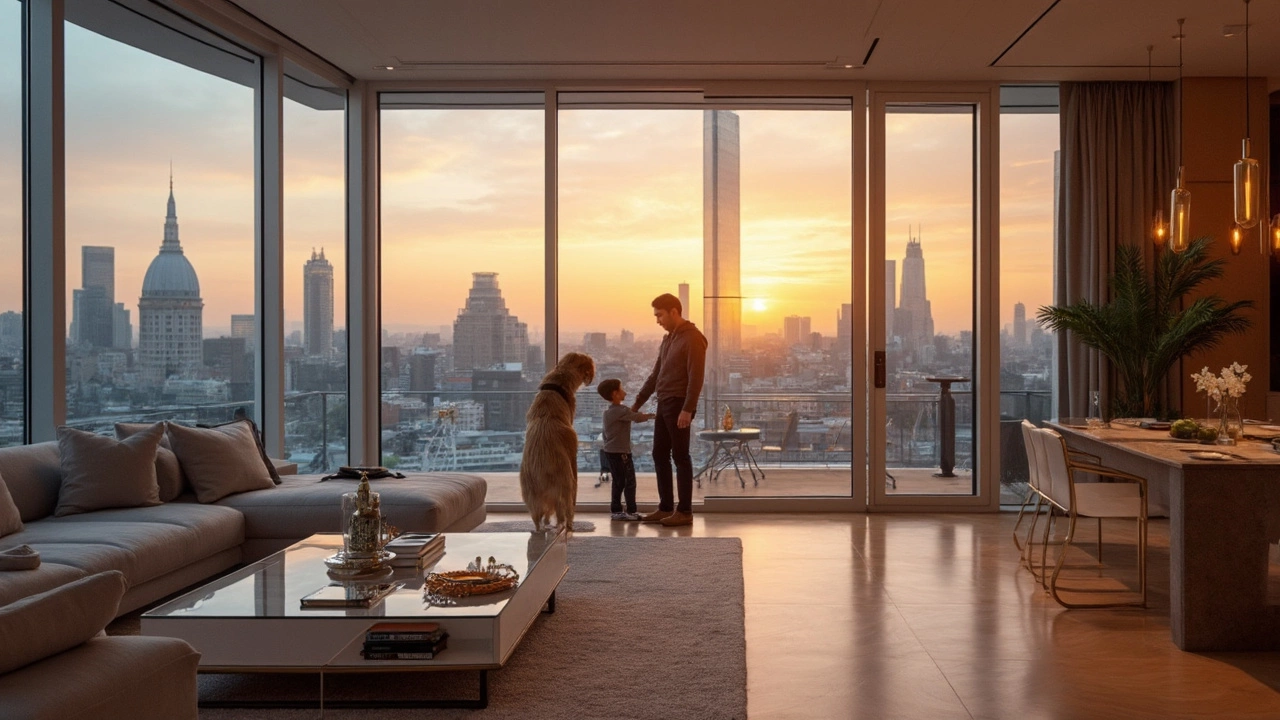Square Footage: Easy Ways to Measure, Compare, and Choose Your Next Home
When you scroll through listings in Florin Court, you’ll see numbers like 850 sq ft or 1,200 sq ft. Those figures tell you how much space you actually get, but most buyers skim over them. Understanding square footage helps you avoid paying too much for a cramped flat or missing out on a spacious house that fits your budget.
In this guide we break down what square footage really means, how to calculate it yourself, and why it matters when you compare properties. We’ll also share quick tools you can use on the go, so you never feel lost in a sea of numbers again.
How to Calculate Square Footage Yourself
First, grab a tape measure or a laser distance meter. Measure each room from wall to wall, ignoring closets, bathrooms, or any built‑in furniture. Multiply length by width for each space to get its area in square feet. Add up the areas for every room, and you have the total usable square footage.
If your property has an irregular shape, split it into rectangles or triangles, calculate each part, then sum them. Most modern homes list the gross floor area, which includes walls and structural elements, so your personal calculation may be a bit smaller—but it reflects the space you can actually use.
Using Square Footage to Choose the Right Home
Now that you know the numbers, compare them side by side. A 1,000‑sq‑ft flat might feel tighter than a 1,200‑sq‑ft house, but consider layout. Open‑plan designs can make smaller spaces feel larger, while many small rooms can shrink a bigger footprint.
Think about your lifestyle. If you work from home, you’ll need extra room for a desk and storage. Families with kids often look for at least 500 sq ft per bedroom. Use the square footage as a baseline, then factor in rooms, outdoor space, and location to decide if a property truly meets your needs.
When you see a listing that seems cheap for its size, double‑check the measurement method. Some sellers quote the total building footprint, which includes garages or lofts that aren’t livable. Ask the agent for a floor plan or a breakdown of usable square footage before you commit.
Finally, remember that price per square foot is a handy metric. Divide the asking price by the square footage to see if a home is priced fairly for the area. A lower price per square foot doesn’t always mean a better deal, but it’s a quick way to filter out overpriced options.
Square footage is more than a number; it’s a tool that helps you match space to budget and lifestyle. Use the steps above, stay curious about how each room is measured, and you’ll make smarter, confidence‑filled decisions when you hunt for your next Florin Court property.

Luxury Apartment Size: How Big is 'Big'?
Trying to figure out how big a luxury apartment actually is? You’re not alone—size is one of the biggest selling points when it comes to upscale living, but the numbers can really surprise you. This article explains what square footage to expect, how layouts make a difference, and why two luxury apartments of the same size can feel totally different. Get tips for spotting real value beyond just a floor plan. By the end, you’ll know exactly what makes an apartment not just big, but truly ‘luxury’ in every square foot.